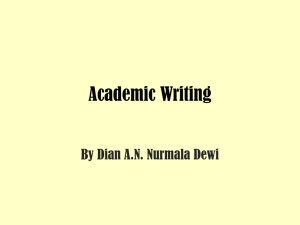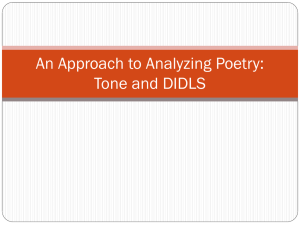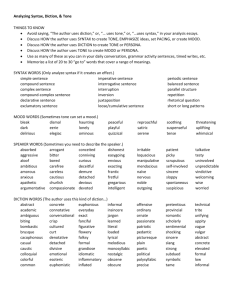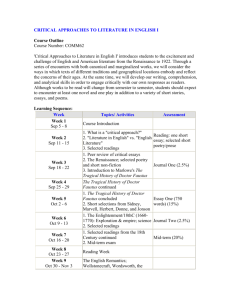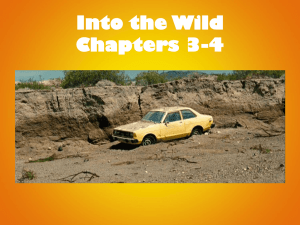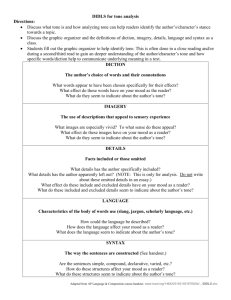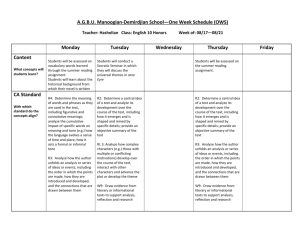Levels of Questions
advertisement
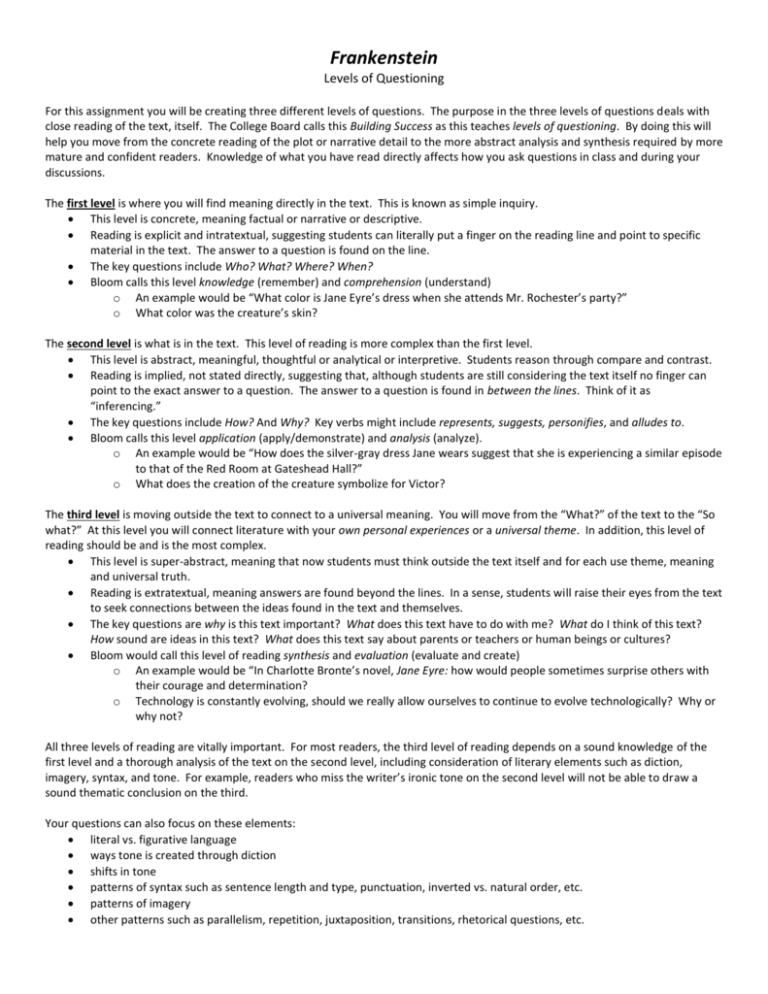
Frankenstein Levels of Questioning For this assignment you will be creating three different levels of questions. The purpose in the three levels of questions deals with close reading of the text, itself. The College Board calls this Building Success as this teaches levels of questioning. By doing this will help you move from the concrete reading of the plot or narrative detail to the more abstract analysis and synthesis required by more mature and confident readers. Knowledge of what you have read directly affects how you ask questions in class and during your discussions. The first level is where you will find meaning directly in the text. This is known as simple inquiry. This level is concrete, meaning factual or narrative or descriptive. Reading is explicit and intratextual, suggesting students can literally put a finger on the reading line and point to specific material in the text. The answer to a question is found on the line. The key questions include Who? What? Where? When? Bloom calls this level knowledge (remember) and comprehension (understand) o An example would be “What color is Jane Eyre’s dress when she attends Mr. Rochester’s party?” o What color was the creature’s skin? The second level is what is in the text. This level of reading is more complex than the first level. This level is abstract, meaningful, thoughtful or analytical or interpretive. Students reason through compare and contrast. Reading is implied, not stated directly, suggesting that, although students are still considering the text itself no finger can point to the exact answer to a question. The answer to a question is found in between the lines. Think of it as “inferencing.” The key questions include How? And Why? Key verbs might include represents, suggests, personifies, and alludes to. Bloom calls this level application (apply/demonstrate) and analysis (analyze). o An example would be “How does the silver-gray dress Jane wears suggest that she is experiencing a similar episode to that of the Red Room at Gateshead Hall?” o What does the creation of the creature symbolize for Victor? The third level is moving outside the text to connect to a universal meaning. You will move from the “What?” of the text to the “So what?” At this level you will connect literature with your own personal experiences or a universal theme. In addition, this level of reading should be and is the most complex. This level is super-abstract, meaning that now students must think outside the text itself and for each use theme, meaning and universal truth. Reading is extratextual, meaning answers are found beyond the lines. In a sense, students will raise their eyes from the text to seek connections between the ideas found in the text and themselves. The key questions are why is this text important? What does this text have to do with me? What do I think of this text? How sound are ideas in this text? What does this text say about parents or teachers or human beings or cultures? Bloom would call this level of reading synthesis and evaluation (evaluate and create) o An example would be “In Charlotte Bronte’s novel, Jane Eyre: how would people sometimes surprise others with their courage and determination? o Technology is constantly evolving, should we really allow ourselves to continue to evolve technologically? Why or why not? All three levels of reading are vitally important. For most readers, the third level of reading depends on a sound knowledge of the first level and a thorough analysis of the text on the second level, including consideration of literary elements such as diction, imagery, syntax, and tone. For example, readers who miss the writer’s ironic tone on the second level will not be able to draw a sound thematic conclusion on the third. Your questions can also focus on these elements: literal vs. figurative language ways tone is created through diction shifts in tone patterns of syntax such as sentence length and type, punctuation, inverted vs. natural order, etc. patterns of imagery other patterns such as parallelism, repetition, juxtaposition, transitions, rhetorical questions, etc. Student Name_________________________________________________Date______________________Period_________ Creating Levels I, II and III Questions After reading Mary Shelley’s Frankenstein, write 2 questions per Level and then answer your own questions. LEVEL I: Answers are found directly in the text; knowledge/comprehension Q: A: Q: A: LEVEL II: Answers will vary, but textual support is required; application/analysis Q: A: Q: A: LEVEL III: Answers require students to make connections between themselves, the text, and the world outside; synthesis and evaluation Q: A: Q: A:
